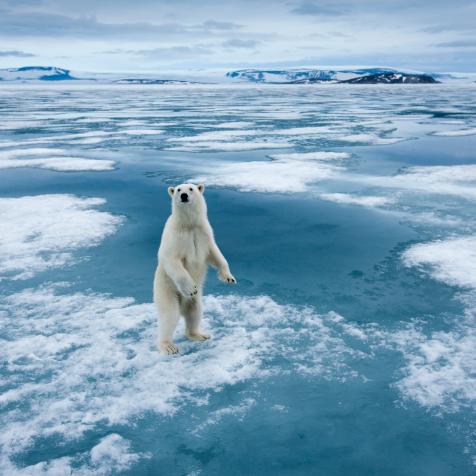
Kevin Thrash
This Summer, Lake Tahoe Will Get 100,000 Fish Back
For hundreds of years, the Lahontan cutthroat trout swam and spawned in the crystal waters of Lake Tahoe, providing food for native tribes and playing an essential role in the balance of the lake’s ecosystem.
But more than a century of pollution, overfishing, and non-native species invasion led to the disappearance of the fish, which are characterized by the red and orange slash marks under their mouths and purple/bluish hues along their flanks.
This summer, however, Lake Tahoe’s crystal waters will be getting a boost, with 100,000 endangered Lahontan cutthroat trout being released on both the California and Nevada sides.
Biologists hope the stocking effort will help increase the growth, survival, and distribution of the fish, which are native to the Trout Basin, and the largest cutthroat trout species in the world.
Lahontan cutthroat trout are listed as a threatened species under the federal Endangered Species Act. Their original listing in 1970 predates the modern act itself, which was passed in 1973.
The trout disappeared from Lake Tahoe despite their endangered listing, due to overfishing, damage to lake tributaries by pollution and logging, as well as the introduction of nonnative species.
Historically, the spring snow melt and runoff would trigger a migration of the trout through the Truckee River and to Lake Tahoe, where they would lay their eggs in the cool, pristine waters and clean gravel beds.
The Paiute and Washoe people relied on the trout for their traditional food supply, even while significant mining operations began operating nearby in the early 1860s. The indigenous tribes continued their practice of spearing and smoking the fish, but also started selling the trout to the miners, in order to subsidize the increasing costs of living.
Very soon, fishermen followed the examples of the tribes and then began operating major fisheries, building bigger traps, using basket nets, and even using giant powder – a form of gunpowder – to catch thousands of fish each year. By the end of the decade, the destruction of the Lahontan fish was extremely apparent.
Trout became a food staple and favorite menu item in restaurants and homes around the West, and once railroads were expanded, the trout were shipped to fish markets in Sacramento, San Francisco, Los Angeles, and even Denver.
This huge increase in demand, along with the dumping of sawdust from nearby sawmills, and the construction of dams for irrigating the arid Nevada valleys – without fish ladders for species to swim downstream – meant the trout were all but eradicated.
Fish were so depleted that in 1875, foreign fish species were released in the river sheds for the first time, compounding the threats to the trout. By the 1950s, the native trout had vanished.
Previous efforts to revive the trout species have been ongoing, with various other attempts at stocking the lake with the trout, but in much smaller numbers.
Wildlife officials and tribal heads hope the stocking will give the population the boost it needs to not only recover but become sustainable.










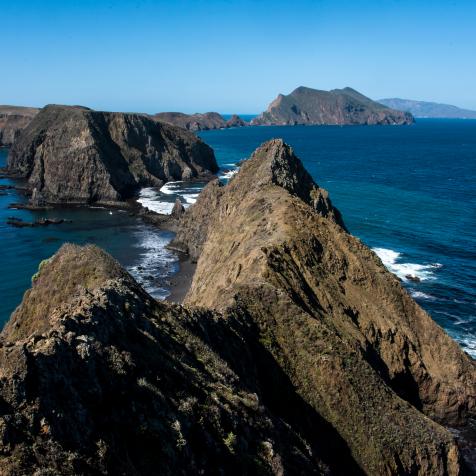

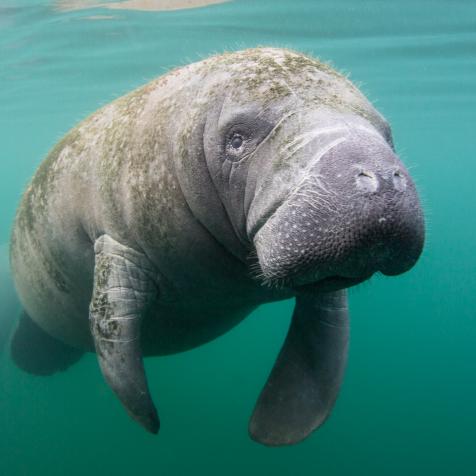
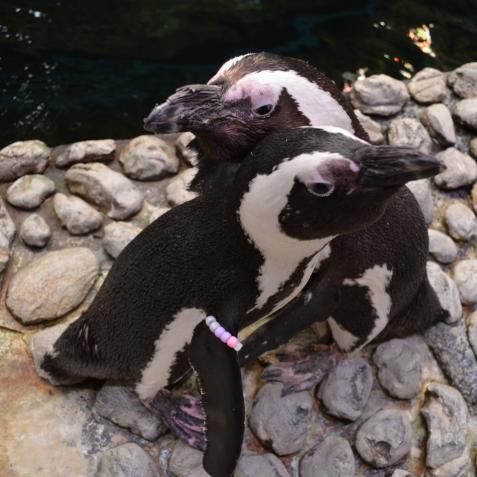

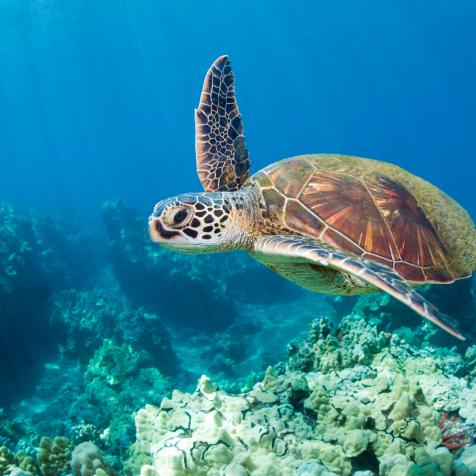

.jpg.rend.hgtvcom.476.476.suffix/1633031314945.jpeg)
